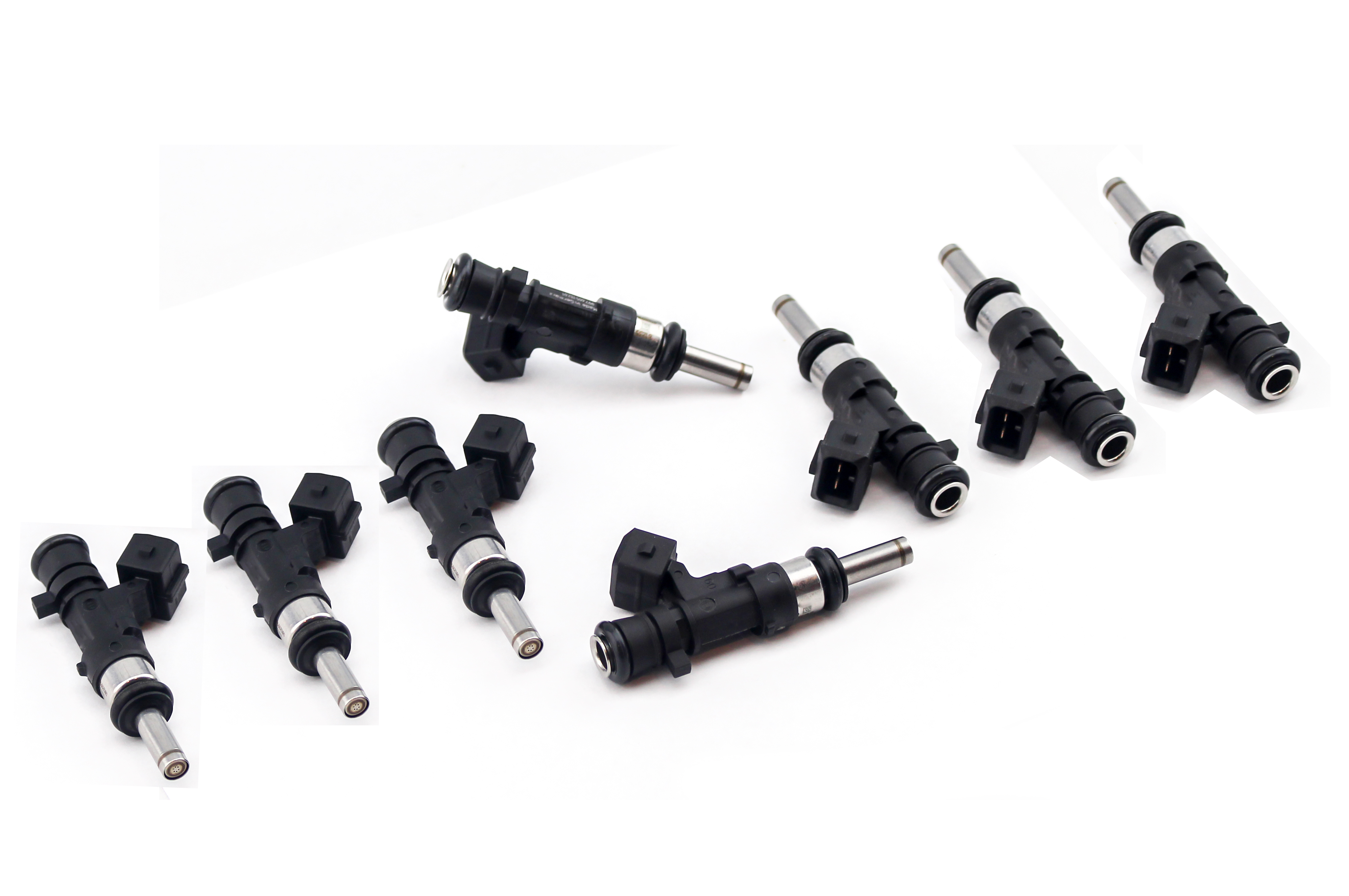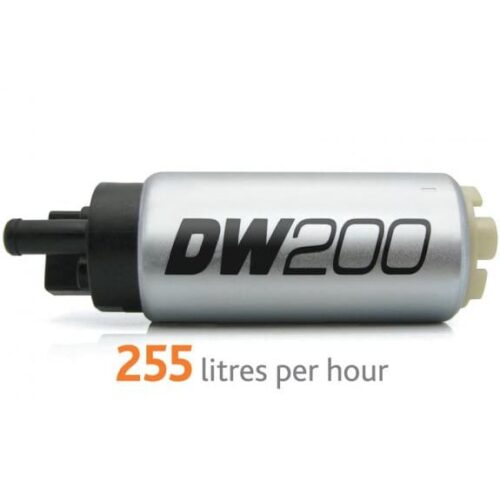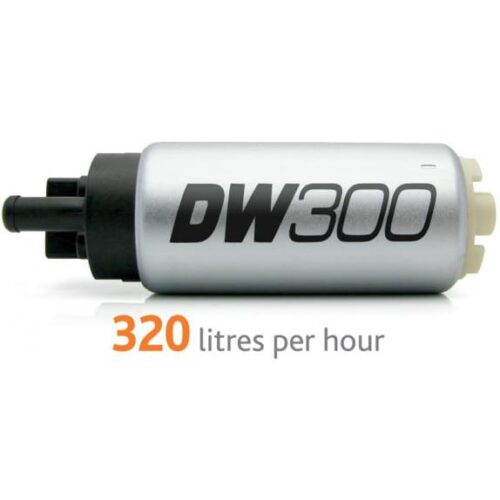DW Injectors Combine Precision, Fitment, Data, and Value to Maximize Your Performance Outcome
DeatschWerks pioneered the application specific fitment approach to high-performance fuel injectors in 2005 when “universal” was the standard. This passion for innovation has continued over the years and has culminated in the current line up which represents the most comprehensive and best-supported injector line in the industry.
Most Comprehensive Offering
Fuel injectors are not a one-size-fits-all type of product. The right fuel injector must combine the elements of fitment, coil impedance, flow rate, and tuning data into one injector specific to your engine’s needs. This is a lot to ask an injector line up consisting of only a handful of options. DW has the most comprehensive injector offering in the industry so we will ALWAYS have what you are looking for…
- Automotive application specific injectors
- Power sports application specific injectors
- Universal line of Low Impedance up to 1800cc
- Universal Bosch EV14 up to 2200cc
- Sidefeed Injectors up to 1000cc
- Gasoline Direct Injectors up to 1700cc
For popular models, DW’s application-specific approach makes shopping a simple 3 step process…
- Use the calculators to find the flow you need
- Use the YMM look up to find your part numbers
- Use the support tab to find your tuning data
Proper Data is a Must
The right tool, used incorrectly, yields substandard results at best. Fuel injectors follow this same universal law. Proper data is required for proper tuning. All DW injectors are fully characterized in-house via SAE J1832 standards. Injector data is available in General Characterization Summaries and Application Specific formats. Using the data is easy. Often it is cut and paste from the DW excel sheet to the tuning software.
Development of accurate injector data is a complex process, but there are no shortcuts to a proper calibration. DW has developed specially designed and calibrated flow benches utilizing digital flow meters, which are required to measure the precise fuel mass needed for proper characterizations. The data acquisition process consists of collecting over 450 data points per injector part number. These data points cover pulse widths, pressures, and voltages that the injectors will experience once installed in your engine. The collected data is statically analyzed, scrubbed and formatted into a General Characterization Summary. This Summary can then be formatted into application-specific formats for different makes, models, and tuning platforms. The application specific data is then in-car optimized by one of our tuning partners.
Dynamic Flow Matching
Quality injectors mated to proper calibration data will still perform poorly as a system if the injector set is not properly flow matched. The DW dynamic flow matching process ensures each set works together as a system to fuel your engine properly. Fuel injectors do not operate in a static state so why test them in a static state? In the engine, fuel injectors are a very dynamic component, constantly changing frequencies and pulse widths to precisely deliver the fuel needed. The DW multi-point dynamic flow testing process mimics these conditions by testing at multiple pulse widths within each of the ranges below…
- Low Range (1-2 milliseconds) – Low pulse widths are used during idle, light throttle cruising, and deceleration. However, expensive electronic flow meters are required for accurate testing in this range so few companies actually balance their injectors this low. Low pulse width balancing is crucial for a smooth idle on large injectors.
- Transitional Range (2-4 milliseconds) – The transitional range covers the pulse widths that typically make up the non-linear range of injectors. Although most DW injectors are linear well into the low pw range, transitional balance is important because many high flow injectors spend a majority of time in this range.
- Linear Range (4-10+ milliseconds) – The linear range pulse widths are used during medium and high load conditions. Proper balancing in this range allows for advanced timing and increased boost pressure to yield higher and safer peak horsepower.
- Static Flow – Many companies that balance their injectors only test at static flow. In the engine, injectors do not operate at a static state. However, the static rate is still considered the “call-size” of the injector.





Reviews
There are no reviews yet.